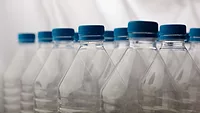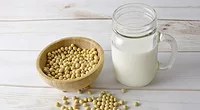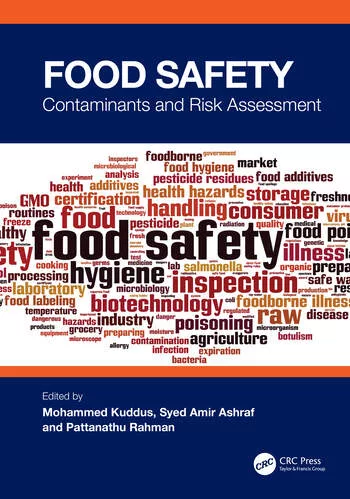FAO Estimates Health Impact of Processing Contaminants in Supplementary Foods for Food-Insecure Regions

Image credit: RDNE Stock project via Pexels
The Food and Agriculture Organization of the United Nations (FAO) recently published a report on food safety in the context of limited food availability, which specifically covers dietary exposure to toxic fatty acid esters from supplementary foods provided by humanitarian organizations to treat malnutrition.
Lipid-based nutrient supplements (LNS) and ready-to-use therapeutic food (RUTF) are fortified foods designed to prevent and treat malnutrition in children, and although they are often delivered to regions experiencing food insecurity by humanitarian organizations, LNS and RUTF are often produced locally. Before consumption or use in products like LNS and RUTF, all edible oils must be refined to remove undesirable substances and create a palatable, shelf-stable product—a process that can lead to the formation of heat-induced contaminants such as 3-monochloropropane-1,2-diol (3-MCPD) fatty acid esters and glycidol fatty acid esters (GEs). High levels of these chemicals are typically observed in refined palm oil, which is commonly used in the manufacture of LNS/RUTF products.
In 2018, the EU set maximum limits for GEs expressed as glycidol in infant formula and foods for special medical purposes intended for infants and young children, as well as vegetable oils and fats intended for consumer use or as an ingredient in food. These regulations were expanded in 2020 to include free 3-MCPD and its fatty acid esters in the same products, and in 2024, the limits for 3-MCPD were lowered. Currently, the only existing Codex Alimentarius standard for 3-MCPD regards liquid condiments containing acid-hydrolyzed vegetable proteins, while no Codex standards are available for GEs.
According to a recent risk assessment of 3-MCPD and fatty acid esters in nutrient supplements and therapeutic food, the lifetime average daily dose (LADD) would not exceed the EU provisional maximum tolerable daily intake (PMTDI) of 2.4 micrograms per kilogram (μg/kg) body weight, given that the total 3-MCPD equivalent concentrations in LNS/RUTF did not exceed 382 μg/kg. The estimated increase in incremental lifetime cancer risk (ILCR) attributable to GEs exposure from LNS/RUTF would not exceed one case in 100,000, if GE concentration in the products does not exceed 164 μg/kg.
The risk assessment estimates were based on 12 months of exposure to RUTF as the sole source of nutrition, which is considered an extreme scenario. Any LNS/RUTF exposure period of less than 12 months would increase the tolerated concentrations for both 3-MCPD and GEs.
Overall, even though FAO’s risk assessment of 3-MCPD and GEs in LNS/RUTF estimated a level of exposure that is of low concern to public health, FAO urges manufacturers of LNS/RUTF to strive for process improvements to limit exposure to these contaminants as much as possible.
Looking for quick answers on food safety topics?
Try Ask FSM, our new smart AI search tool.
Ask FSM →









